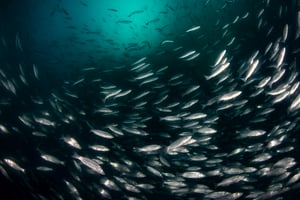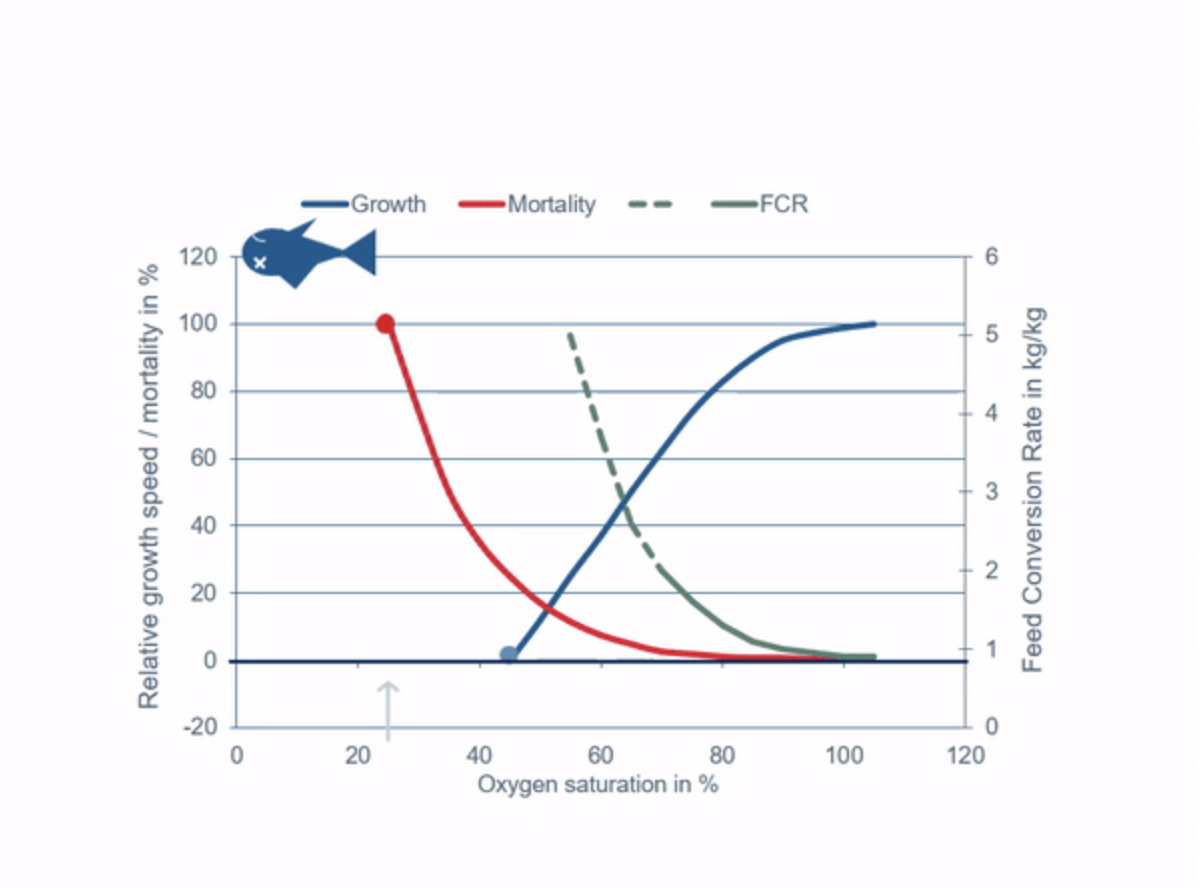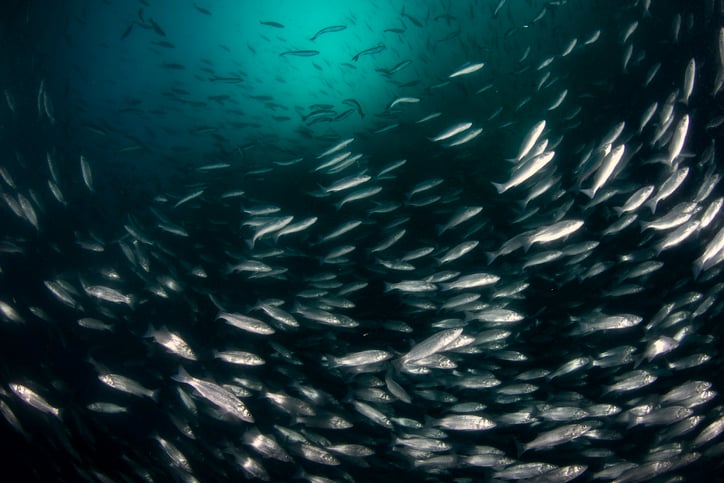As global seafood consumption continues to rise, numbers of wild-caught fish have remained flat. The sourcing of these stocks is coming, increasingly, from fish farming, or aquaculture.
The amount of fish produced by aquaculture has increased exponentially over the last 50 years. By 2030, aquaculture is expected to supply just over 60 percent, or 186 million tons, of global seafood demand.
These fish farms, located both on and offshore, range from small, hand-tended ponds in emerging economies to large, professional operations run by huge corporations. But their goal is the same: cultivate fresh water or marine species in controlled environments to produce a reliable source of food. And they all have the same challenge: maintaining optimum fish farming conditions to promote healthy growth.

Like any livestock farmer, fish farmers must provide appropriate nutrition, prevent disease and provide a stable and healthy environment. One of the most important factors in ensuring healthy fish: a constant supply of fresh, clean water with the right level of dissolved oxygen.
In nature, the dissolved oxygen in water comes from plants, wind and wave activity. Oxygen levels typically are higher in colder water and fall as temperatures increase. In flow-through farms or offshore sea cages, oxygen is naturally present in the water but supplementation often is necessary to support the growing volumes of fish inside. On land-based farms, oxygen supply is an important consideration from the beginning, since these large tanks or ponds are self-contained systems.

For fish to thrive, oxygen levels must be constantly monitored and kept above the critical threshold of 80 percent saturation. Insufficient oxygen levels cause poor digestion in the fish, so that they require more food. The risk of illness, poor growth rates, susceptibility to parasites and ultimately, mortality also increases. Appropriate oxygen use significantly enhances the fish farm’s financial viability and provides additional production stability.
For example, in sea cages, which benefit from keeping the fish in as close to “wild” conditions as possible, unpredictable environmental challenges can create a need for supplemental oxygen. Oxygen levels fluctuate depending on the time of year and even on the time of day. Warm water, stagnant current or other unfavorable environmental conditions, such as algal growth or jellyfish blooms can result in temporary oxygen insufficiency and compromise fish health and increase mortality.
High stock densities can increase the risk of disease, infections and parasites, such as sea lice, in the population. During treatment, sea cages must be sealed with foil – which cuts off the water flow and oxygen supply. So adding more oxygen is essential during medical or de-licing treatments.
There are many methods for introducing oxygen into a tank, raceway or sea cage. Some of these are mechanical, e.g. pumps or water circulation systems that churn and aerate the water. These help, but are often less effective depending on environmental conditions, e.g. hot, cloudy and still days, when the available oxygen levels in water typically plummet.
A better alternative is to inject the oxygen directly, adding or lowering flow rates depending on environmental conditions, population density, overall stock health, etc. The method chosen to inject and dissolve the oxygen can make or break the success of the operation.
Some characteristics of the best oxygen dissolution systems include:
- Evenly distributing oxygen throughout the cage, raceway or farm to avoid unhealthy population densities in specific areas
- Easy to use and maintain
- Flexible, scaleable supply configurations matched to the species and production cycle that can grow with your operations, e.g. from small amounts of oxygen to large volumes
- Configurable for every stage of the life cycle, from hatchery through primary and secondary growth cycles and then on to shipment, including live transport.
- Backup supply for emergency situations.
- Ability to calibrate specific amounts of oxygen dispensed depending on stock levels and environmental conditions
- Delivering a solid payback on investment through improved maturation, or growth rates, and greater overall yield.




Comments
Messer makes no warranty of any kind with respect to the subject matter, the completeness, or accuracy of this blog. Messer is not responsible for any actions (or lack thereof) taken as a result of relying on or in any way using information contained in this blog. In no event shall Messer be liable for any damages resulting from reliance on or use of information in this blog. Readers should take advice from a qualified professional when dealing with specific situations. Descriptions of, or references or access to, other publications within this blog do not imply endorsement of those publications. This blog may contain technical inaccuracies and changes to the information may be made at any time.
Gas products are hazardous. The use or misuse of gas products involves serious risks, including injury, disability and death. Users of gas products must use the Safety Data Sheets for the gas products to warn their employees and others who are exposed to the gas products or hazards associated with such products.